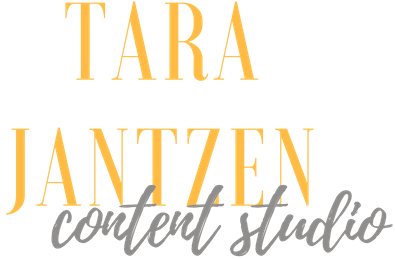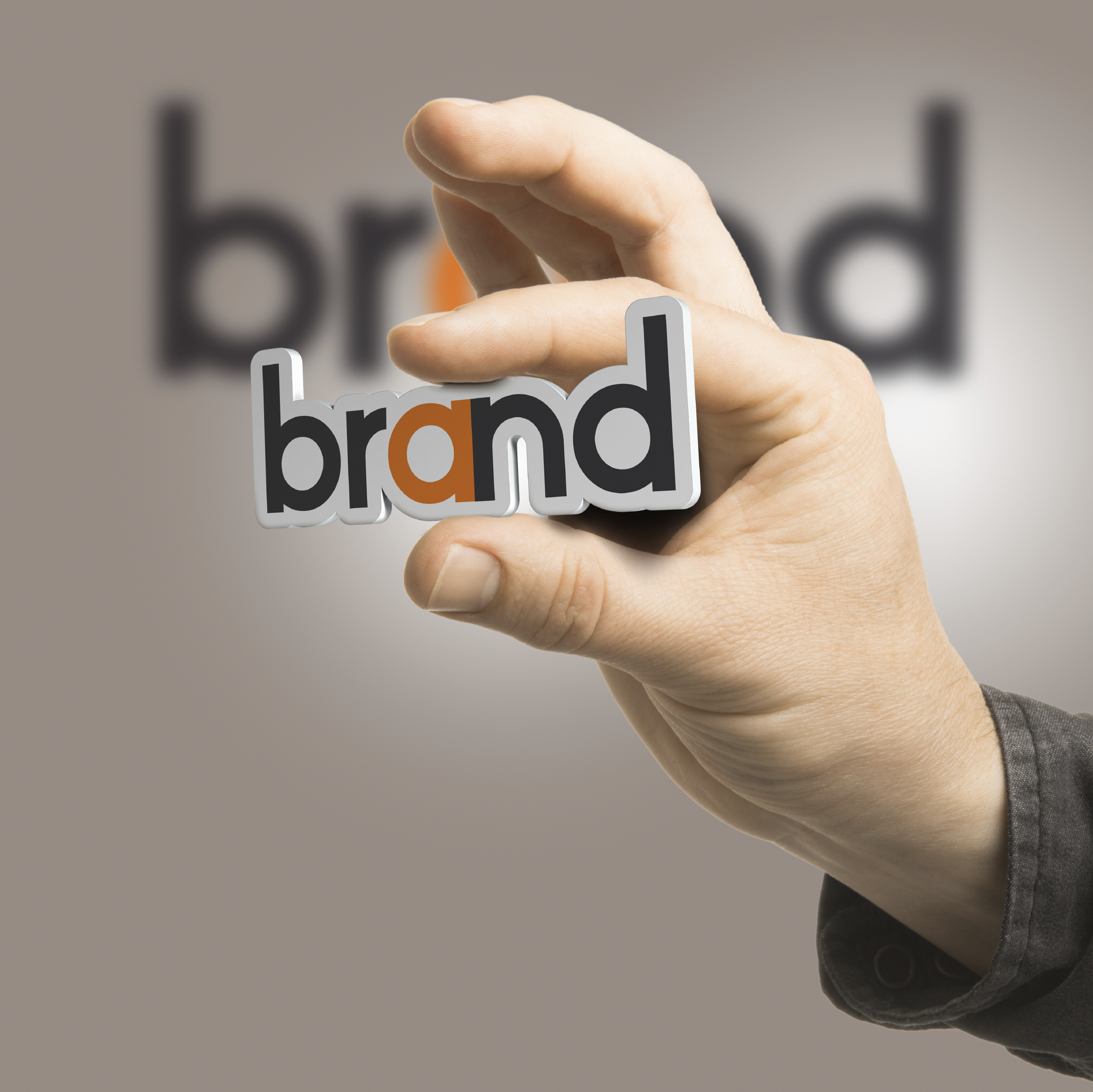Cut the Confusion and Master Your Message
Ever browse a website and walk away even more confused about what the heck the company does or who they do it for? Does it seem like they try to cram as many trendy keywords or topics in, all while completely distracting visitors from how, or even if, they solve a problem? Or maybe they did a great job on one page, only to baffle or disorient you on another.
What if it’s your website that’s puzzling visitors?
If it takes seven seconds to make a first impression, you’ve lost your audience at the top of your sales funnel with little chance of recovery.
It may be time to step back and gain some clarity on your core messaging before cranking out another piece of content. It’s time to build a message framework.
…















